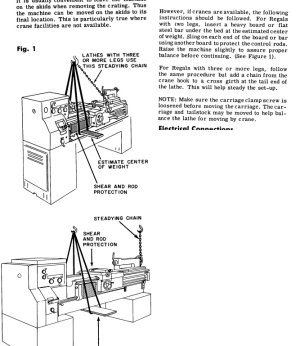Doggggboy
Ultra Member
Only somewhat facetiously.
 www.grainger.ca
www.grainger.ca
GRAINGER APPROVED BUBBLE ROLLS,125 FT. L,48" W - Bubble Rolls - WWG56LT73 | 56LT73 - Grainger, Canada
Find your GRAINGER APPROVED BUBBLE ROLLS,125 FT. L,48 W at Grainger Canada, formerly Acklands-Grainger. We have been Canada's premiere industrial supplier for over 125 years with superior service and quality.



